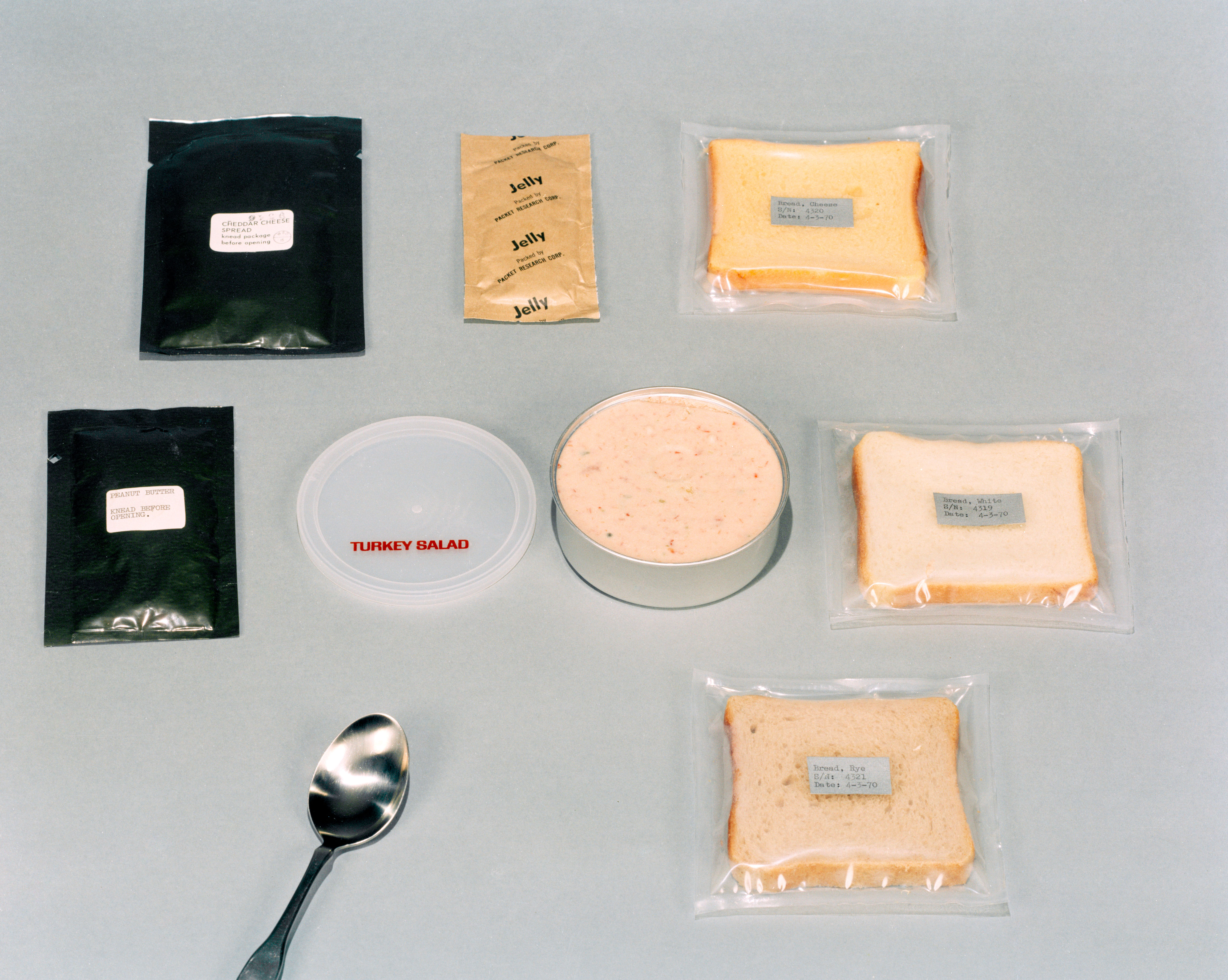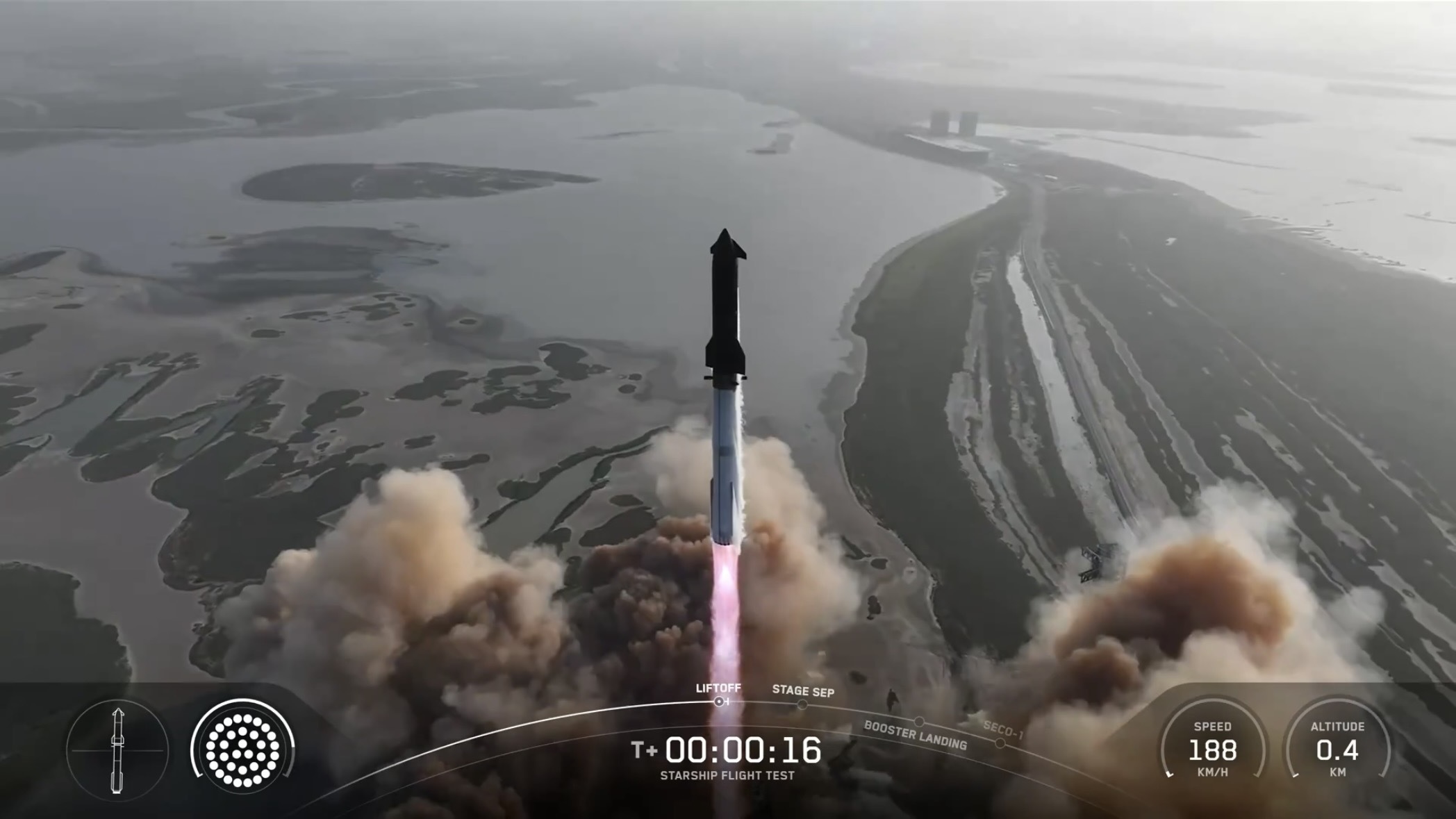How NASA tech helped make your Thanksgiving food safe (and your family Zoom sessions, too)
Space technology and prepared foods developed for astronauts will also help keep Americans safe this Thanksgiving, as many prepare for a socially distanced family meal.
While the holidays may be a bit different this year, the video cameras used for virtual family dinners stem from tools that were originally developed in part by NASA. In fact, the space agency first modernized conference calling for the purpose of spaceflight, according to a statement from NASA.
More importantly, the packaged food system — formally known as the Hazard Analysis and Critical Control Point (HACCP) system — developed for astronauts on the Gemini and Apollo missions of the 1960s and 1970s is used commercially today to ensure food safety and reduce foodborne illnesses.
Video: Food on Thanksgiving table is safer because ... space travel
Thanksgiving in space 2020: Here's what astronauts will eat in orbit (video)

"It's one of these things where we maybe don't appreciate the benefits, we just take them for granted now, because HACCP is so ingrained in how we produce food," Alice Johnson, vice president of food safety and quality at Butterball Turkey LLC., said in the statement.
The HACCP system was originally developed in the early 1960s by Paul Lachance — NASA's first flight food and nutrition coordinator — and Howard Bauman, a microbiologist at Pillsbury. Their efforts were focused on eliminating potential hazards during the food production process to ensure safe food was manufactured for astronauts.
However, in addition to helping astronauts, the HACCP has helped improve food safety around the world. Following an outbreak of the food-borne illness botulism in 1971, canned food companies started following HACCP regulations. Soon thereafter, the same protocols were implemented for meat, poultry, seafood and juice industries. And, with the Food and Drug Administration's (FDA) Food Safety Modernization Act in 2011, all U.S. food producers and foriegn imports that register with the FDA must meet regulations originally established by the HACCP, according to the statement.
Get the Space.com Newsletter
Breaking space news, the latest updates on rocket launches, skywatching events and more!
NASA recipe: How to make space cornbread dressing
Related: Space food photos: what astronauts eat in orbit

Implementing the HACCP system may vary across different food industries. For example, checkpoints at a Butterball plan may look for "farm residue," or pesticides, and ensure that refrigeration is below a certain temperature, whereas checkpoints at an Ocean Spray plant focus on filtration and metal detection. In addition, an important aspect of the HACCP is keeping meticulous records, which makes FDA inspections more effective.
"It takes a team of quality assurance folks, engineers, and scientists to identify critical control points for safety and quality," Katy Latimer, vice president of research and development for Ocean Spray, said in the statement.
Since HACCP was originally developed for astronauts, the system has helped to prevent outbreaks of food-borne illnesses linked to unsafe practices, as well as ensure safe meals on Thanksgiving, and all year round, NASA officials said.
Follow Samantha Mathewson @Sam_Ashley13. Follow us on Twitter @Spacedotcom and on Facebook.
Join our Space Forums to keep talking space on the latest missions, night sky and more! And if you have a news tip, correction or comment, let us know at: community@space.com.

Samantha Mathewson joined Space.com as an intern in the summer of 2016. She received a B.A. in Journalism and Environmental Science at the University of New Haven, in Connecticut. Previously, her work has been published in Nature World News. When not writing or reading about science, Samantha enjoys traveling to new places and taking photos! You can follow her on Twitter @Sam_Ashley13.
